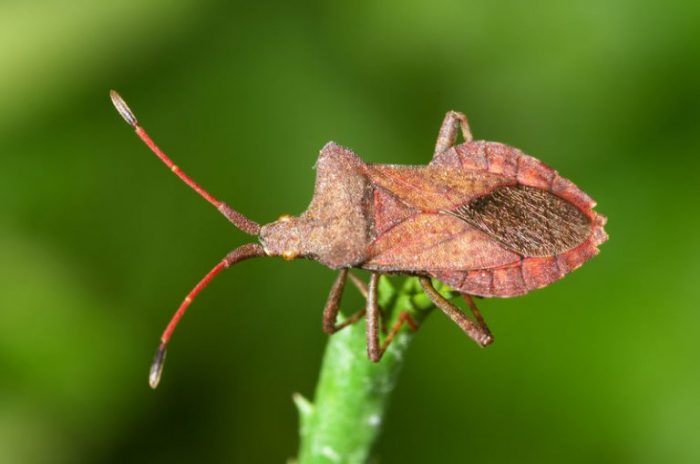
Recently I acquired a delightful little book entitled Fabre’s Book of Insects. Written by Jean Henri Fabre (1823-1915), it gives insights not only about insects, but into the man himself. Fabre is known for studying the habits of insects through direct observation. One biographer called him the Poet of Science which is a tribute to his enchanting style of writing. Fabre’s life-long dream was to acquire a swatch of land that would become his laboratory. One day his dream came true. He described the land as desolate, barren, sun-scorched bit of land, overgrown with thistles and much loved by bees and wasps.
Perhaps I bought this book in hopes of being like Jean Henri Fabre. Maybe one day I would appreciate insects like Fabre, who even wrote a chapter entitled, The Adventures of a Grub.
Sorry to report, that has not happened. Instead, this summer I went on the warpath against squash bugs that were devouring our zucchini plants. Just like Fabre, I learned through direct observation about the life cycle of this nasty beetle. Squash bugs begin their lives as tiny brown eggs, shining like jewels underneath the leaves. They burst out to the larval stage and look like black, fast-moving spiders. Magically, they grow gray shells on their backs. In the adult stage, squash bugs look like stink bugs. It took weeks for me to figure all this out.

I knew the enemy. Let the war begin.
At first, I used a gentle spray of dish detergent and water. That did not slow them down in the least. Next, I squished them with my gloved hands. Each day their numbers grew exponentially, overwhelming me and the plants. It was time for the heavy artillery. I poured boiling water on clusters of the varmints, killing them instantly. Truthfully, I took great delight in this aggressive action. Now I became obsessed with eradicating every last bug.
My husband shook his head in dismay. “There are no more blossoms and no more squash. Why waste your time?”
I will attempt to end this blog post in a more Fabre-like manner. When you squish a squash bug, a most amazing thing happens. The innards seep out in a display of a lovely teal color, befitting an artist’s palette.
